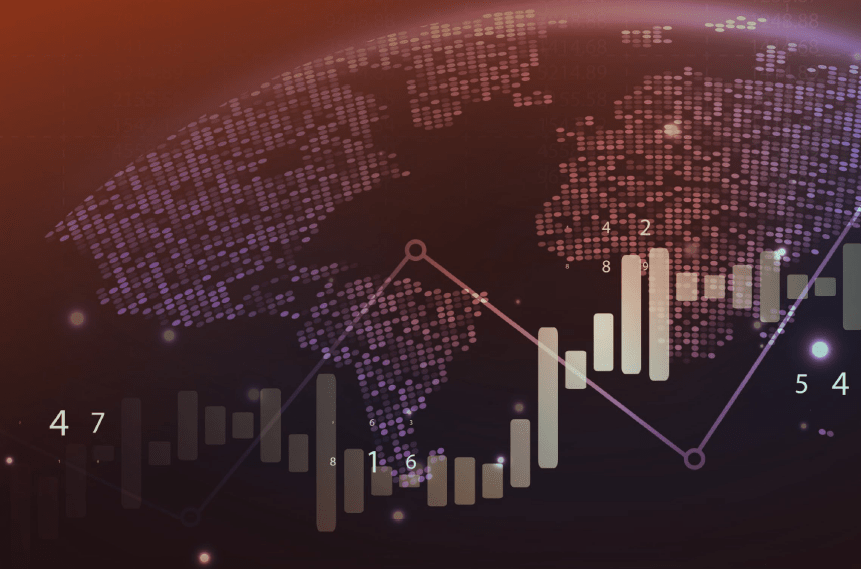
By Philip Naylor, Principal Consultant, Frontier.
As Australians dissect the latest Budget and Budget reply, Australian institutional investors, like superannuation funds, are also trying to navigate what it means for their portfolios and if they should be changing their investments.
When it comes to Budgets, there are really two approaches you can take. You can lean in and pick apart all the finer details, or you can step back and look at it in the wider context of what is going on in the world. For voters, public-policy commentators, and economists, leaning in is usually a clever idea. Budgets are often telling about the policy priorities of governments and the opposition. However, make no mistake, the reams and reams of very accurate looking numbers in Budget papers can often give the illusion of accuracy of future spending and revenue streams. Illusion being the key word.
That is why, for institutional investors, it is often more useful to take a step back and take in the broader message. After all, when it comes to investing, we do not operate on a proverbial island, but instead are very much impacted by developments across the world.
By far the biggest macroeconomic shift that has happened to the global economy this year is Russia’s invasion of Ukraine. According to the OECD, as a result of the invasion, global economic growth could be around 1% lower than previously thought, and importantly, inflation too could be around 2.5% higher. The economic impacts from Russia’s invasion vary across regions in the world. For Europe, the economic hit is much more direct and stems from the humanitarian crisis it is causing. For the rest of the world, the impact is still felt regardless of how close you are to Russia via the spike in commodity prices, including oil and cereals.
This is where things get interesting. It wasn’t that long ago we got another unexpected shock to growth – the onset of the COVID-19 pandemic. In response to COVID-19, there were unprecedented policy responses. Governments across the world, in both advanced economies and in developing countries, expanded fiscal support (albeit to varying degrees). And the major central banks of the world cut rates to zero and beyond, and embarked on unconventional policy measures, like quantitative easing.
Importantly for investors, this time the policy response is looking quite different. With global debt now at levels not seen since the peak levels during the World Wars, governments are squarely focused on budget repair, not expansion. The key question stemming from fiscal policy actors, like Treasurers, is just how quickly or slowly to return to surplus (and not if deficits should be expanded).
Central banks are similarly moving in the same policy direction. Several of the world’s largest central banks, including the US Federal Reserve, have already begun the process of hiking rates and looking for ways to wind back measures like QE (quantitative easing). Again, the key question facing central banks is how quickly they should be withdrawing policy support.
One of the reasons the policy response is so different this time is where we are in the business cycle and the outlook for inflation. The good news is the global economic recovery has been much stronger than most economists had expected in the depths of the COVID-19 crisis. So, in some ways, continuing to recover at a slower pace because of Russia’s invasion of Ukraine, is a quite different policy change to looking down the barrel of a global economic black hole at the onset of the COVID-19 crisis.
The other key economic difference, and an important one for investors, is inflation. The outlook for inflation has shifted dramatically over the last two years. At the beginning of the COVID-19 crisis markets were pricing in the possibility of long-term deflation. Now, the worry is that inflation could become ‘unanchored’ at high levels, which is why central banks, like the US Federal Reserve, are actively communicating their intentions to ratchet up policy rates in the future at a relatively fast pace.
So, taking a step back from the day-to-day headlines, the important aspect for institutional investors when it comes to the global policy outlook, is to recognise we are now in an environment where policymakers across the world, including in Australia, are actively looking for opportunities of withdrawing policy support. This requires a different asset allocation approach to a world where growth is hit, but policy makers are throwing a kitchen sink of support measures to bolster growth. (As was the case during the onset of the COVID-19 pandemic.) The current macroeconomic challenges and global policy outlook suggests a cautious approach to risk allocations is likely to be prudent.


